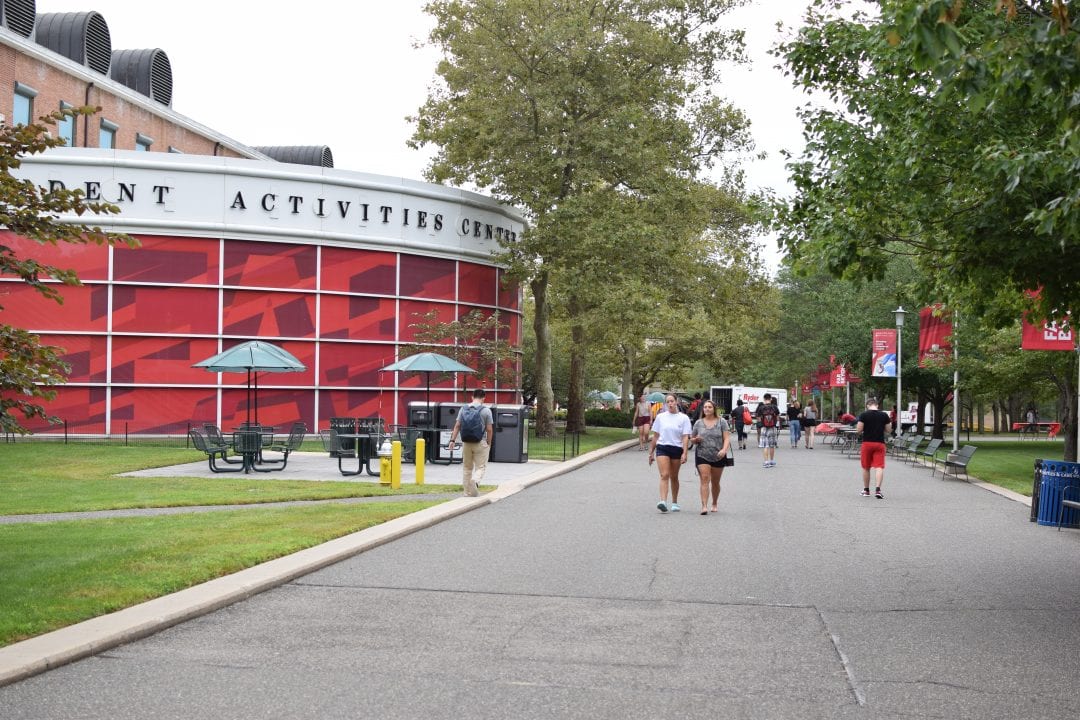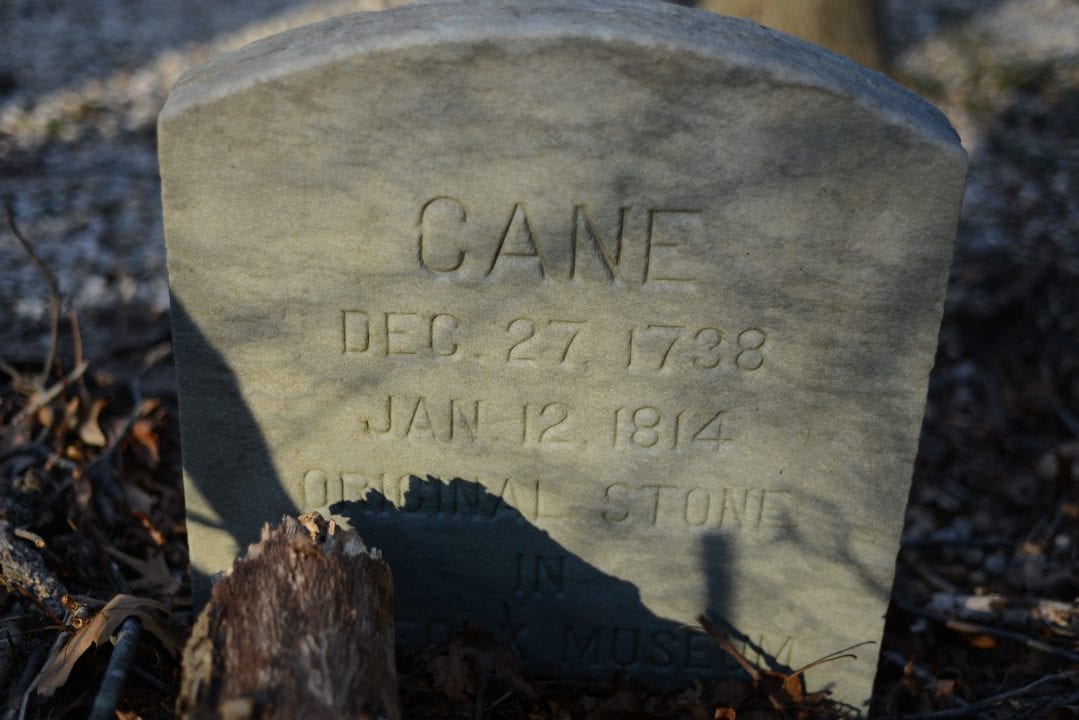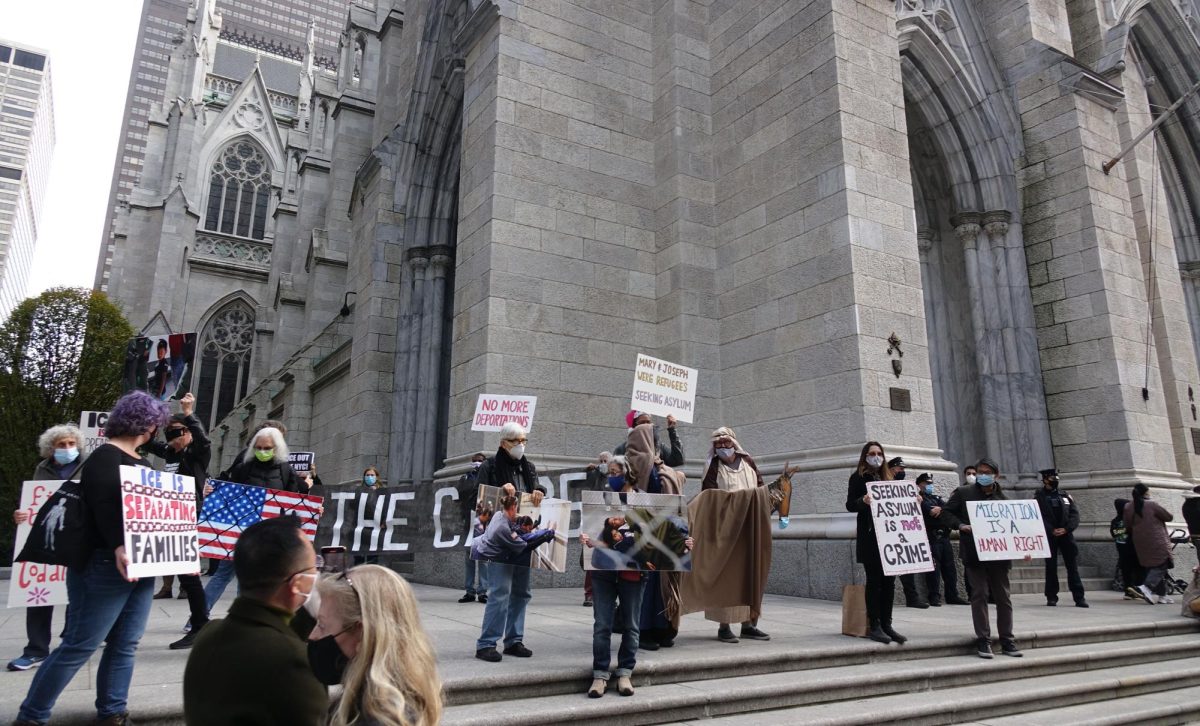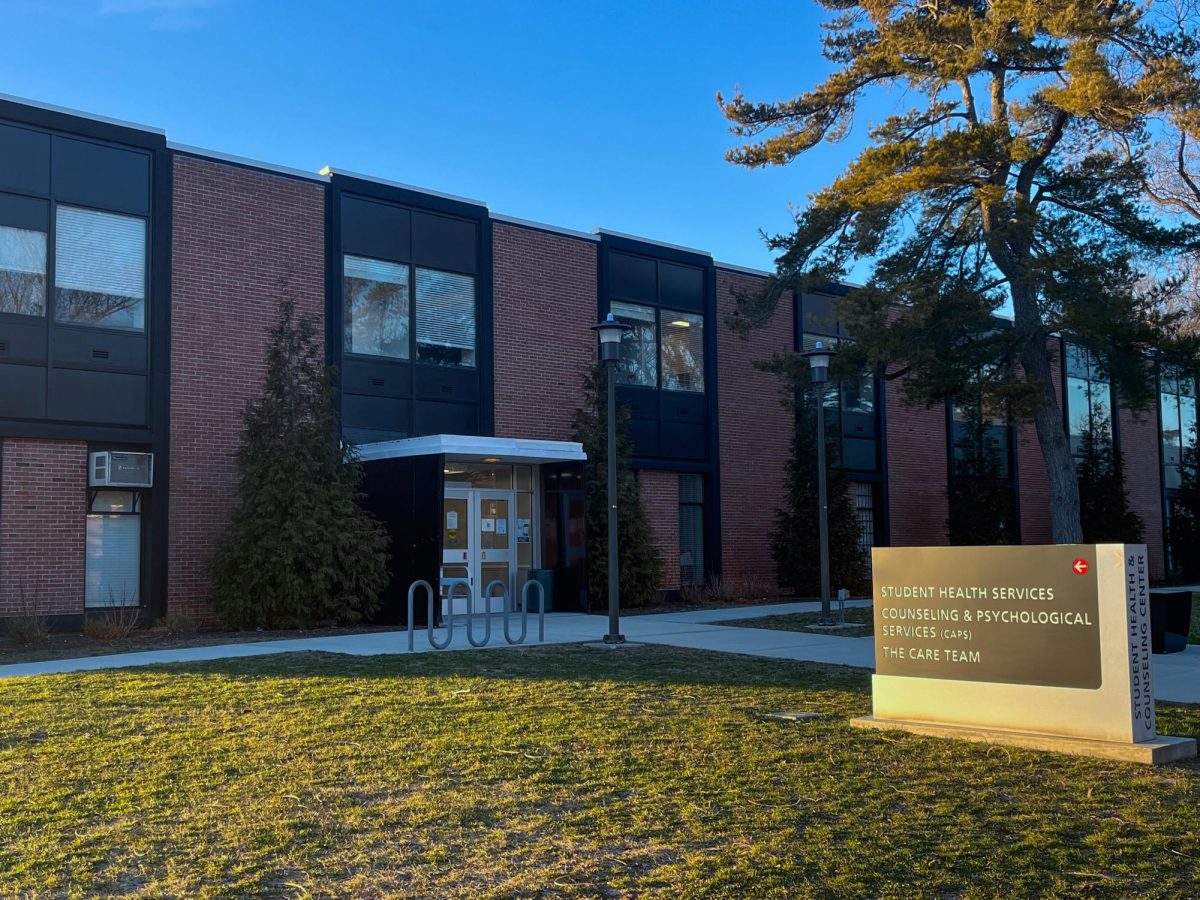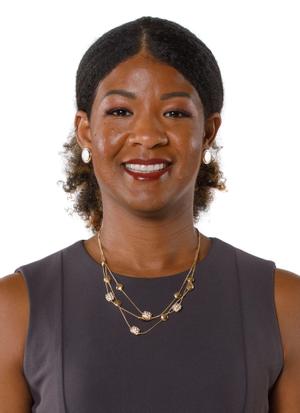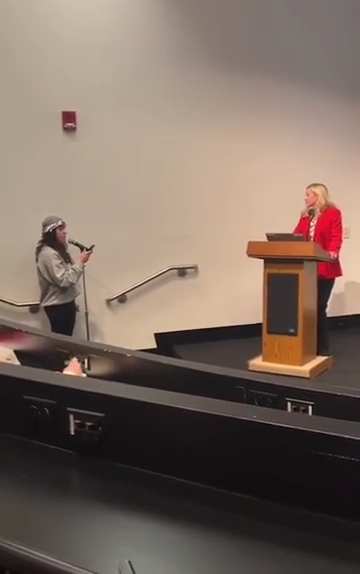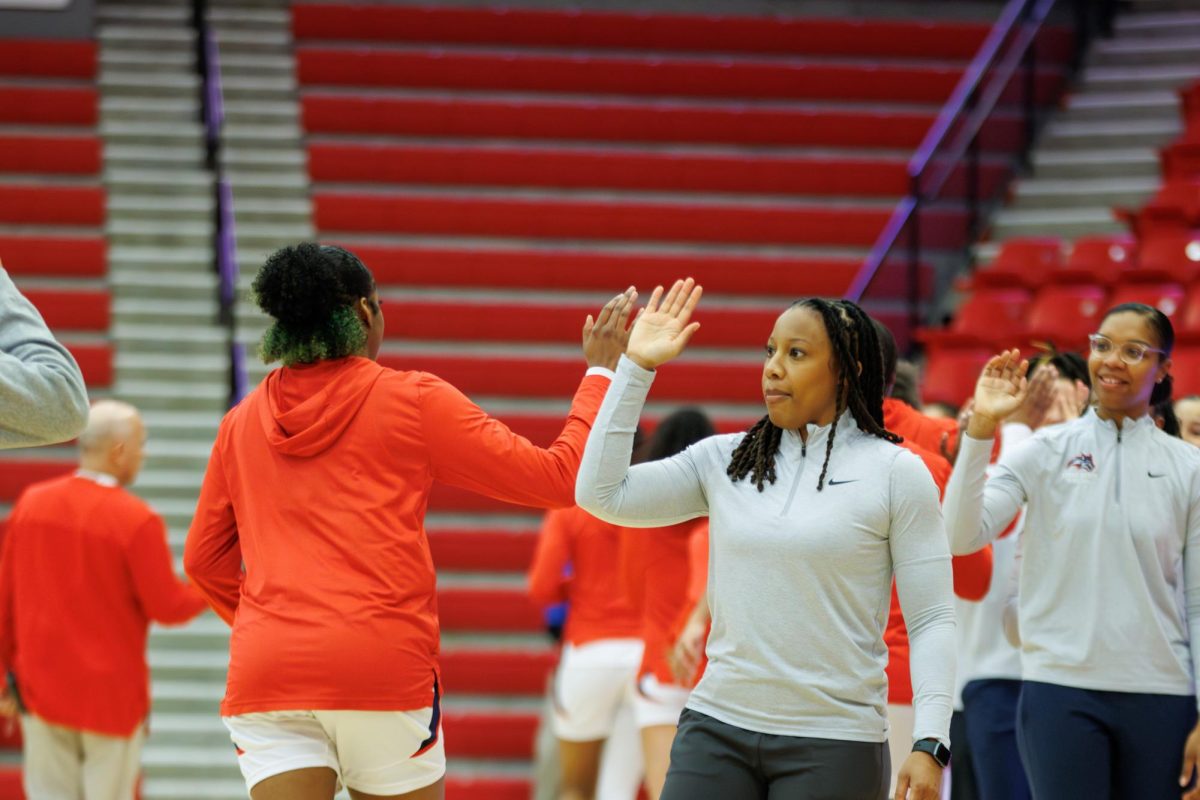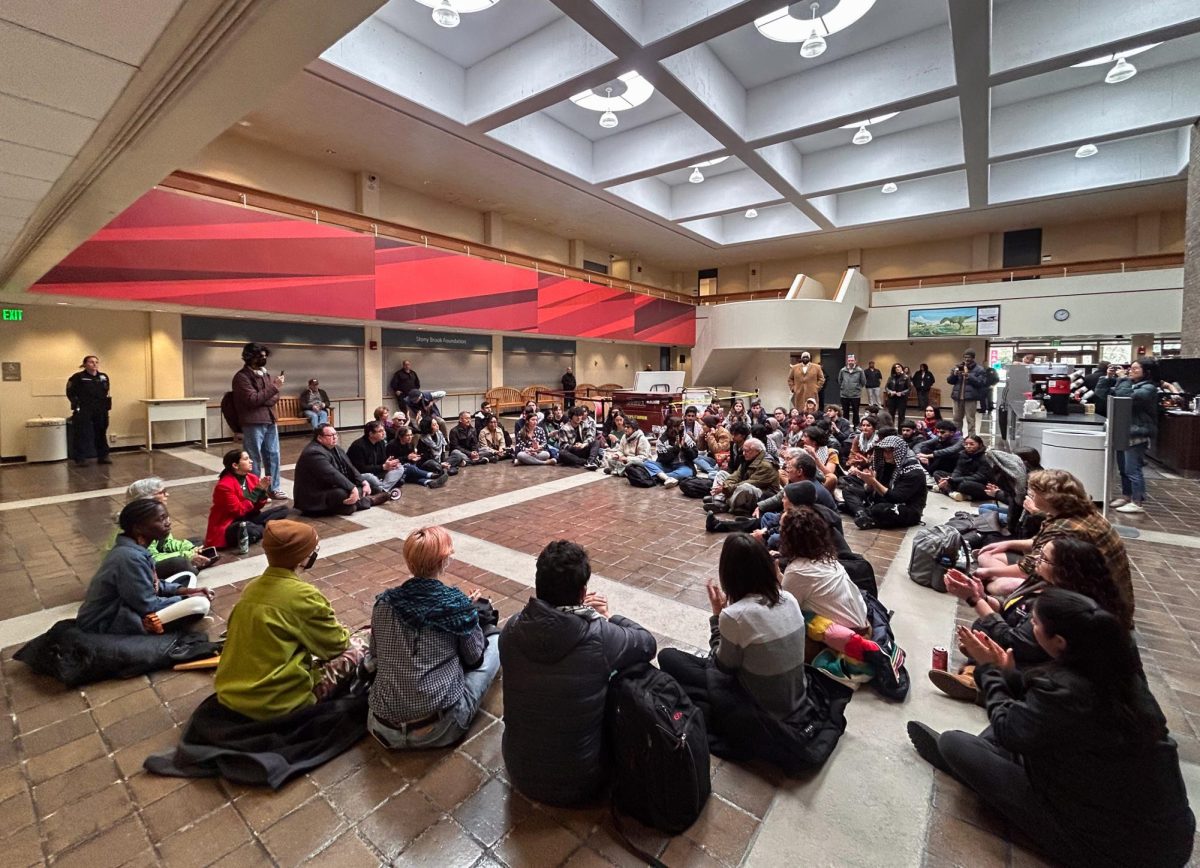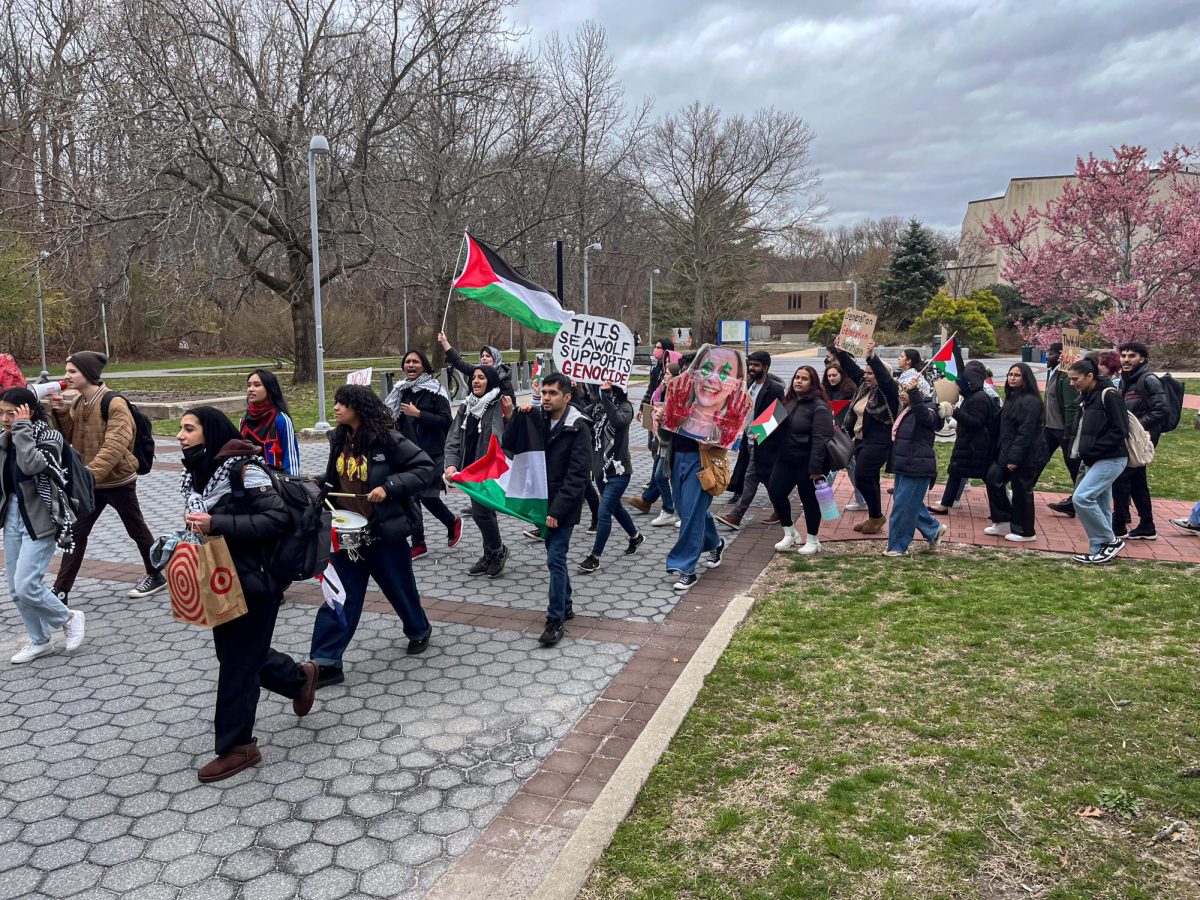
This semester, Stony Brook phased in the Excelsior Scholarship for in-state residents whose family income falls below $100,000. Students who maintain good academic standing, or a 2.0 GPA, who enroll in 30 credits per year and are on track to graduate in four years are eligible. The scholarship sounds like a dream come true for financially-disadvantaged students, but it only offers marginal benefits to recipients.
The term “free tuition” that the Excelsior Scholarship peddles is misleading. Gov. Andrew Cuomo stood behind his plan, claiming that it will be a “game changer” and provide recipients “access to a high-quality education tuition-free.” The award is determined after all other forms of financial assistance are taken into account. For example, an eligible student could hypothetically receive a minimum of $500 from the program after New York Tuition Assistance Program (TAP), internal and external scholarships, grants and SUNY tuition credits are subtracted from the total allotment. Also, students who need to enroll in summer and winter courses are unable to receive the Excelsior Scholarship for those terms, as it only applies for fall and spring terms. With many lower-income students working during college to make ends meet, the choice between taking the university minimum of 12 credits per semester or 15 credits per semester to meet the scholarship’s required 3o credits is tough. The inability to take advantage of intersessions makes it more difficult for students to organize their classes to graduate on time. Additionally, tuition is not the only expense that colleges expect of students.
At Stony Brook, the estimated cost of attendance for the 2017-18 academic year is $25,472 including dorming and tuition. If given the full scholarship, a student will still pay around $20,000 per year, or $80,000 for a four-year degree. Dependent undergraduates are able to borrow up to $31,000 in federal loans for a four-year degree, of which $23,000 can be subsidized. This means that $8,000 of the $31,000 could be unsubsidized, or accrue interest while the student is in school. That interest could potentially add up to an out-of-pocket expense of $49,000. Choosing to take a break from school to meet these demanding financial requirements rescinds one’s eligibility for the scholarship. In addition, the scholarship’s stipulation of residing in New York for the number of years they accept the scholarship places a heavy financial burden on students, as New York has one of the highest costs of living in the United States. Recipients who move out of state after college will have their scholarship converted to a loan. This narrows opportunities for those who have been offered internships or jobs in a different state and may further contribute to debt as the job search becomes increasingly difficult.
The Excelsior Scholarship is a step in the right direction, but due to its limiting requirements and negligible financial assistance, it falls short of helping those in need. Of the 75,000 students who applied, many with retroactive criteria such as continuous enrollment and a 30-credit course load will be denied the scholarship. While the program does offer a catch-up year for those who did not satisfy the 30-credit minimum in the previous academic year, that year and the extra credits will be unfunded. This puts students who have transferred from another university at a disadvantage, as their degree progress is contingent on the amount of credits the state university takes. Failing to reach the minimum will prevent an award for future semesters. Remedial courses are also exempt from the 30-credit minimum, which can create pressure for some students as they scramble to do both remedial and major courses. Furthermore, the scholarship is unforgiving for those seeking to change majors. If a student needs more than four years to complete their a degree renders students ineligible for the award since graduation becomes delayed.
Nonetheless, students and parents remain hopeful that the efforts will continue toward universal accessibility to higher education.







